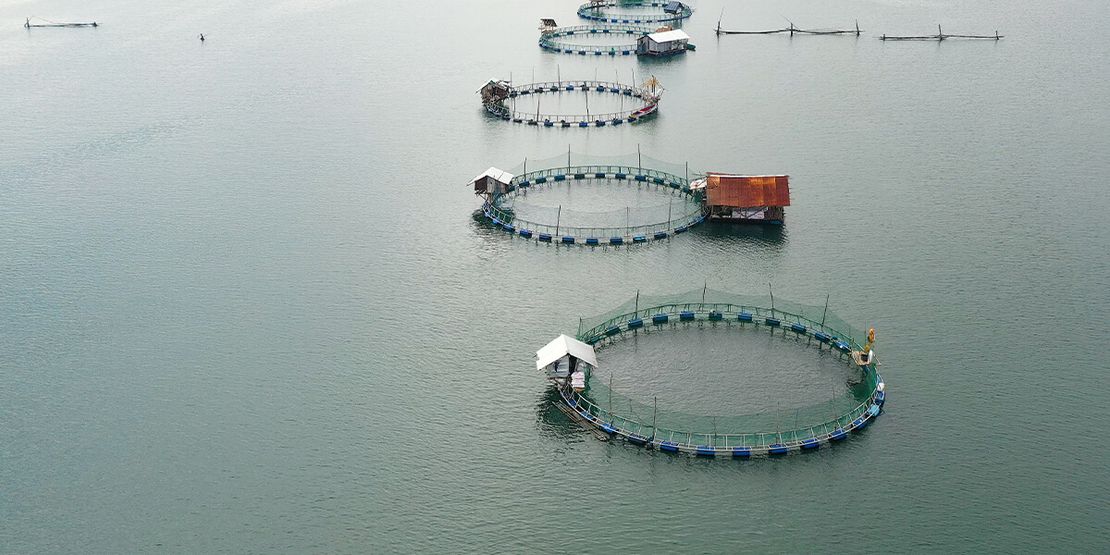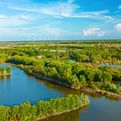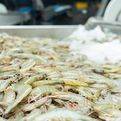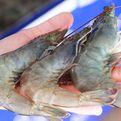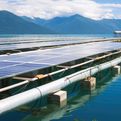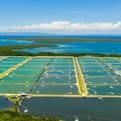Shrimp Farming Expenses: Strategies for Cost Reduction and Sustainability
Shrimp farming presents an enticing opportunity for entrepreneurs seeking profitable ventures in aquaculture. However, managing expenses effectively is crucial for the long-term success and sustainability of shrimp farming operations.
In this complete guide, we'll delve into the major expenses associated with shrimp farming and explore innovative strategies to lower costs while promoting environmental sustainability.
Feed Costs
Feed constitutes a substantial portion of a shrimp farm's operating budget, often accounting for up to 70% of total expenses. To mitigate feed costs, farmers can adopt several cost-effective strategies:
- Source feed ingredients locally to reduce transportation expenses and import duties.
- Explore alternative feed ingredients, such as soybeans and agricultural waste products, which can offer cost savings compared to traditional shrimp feed.
- Optimize feeding practices by employing automatic feeders to minimize waste and improve feed conversion ratios, thereby reducing overall feed consumption.
Labor Costs
Labor expenses represent another significant component of shrimp farming operations. To streamline labor costs, farmers can implement the following measures:
- Embrace automation to reduce dependency on manual labor. Automatic feeders and monitoring systems can streamline feeding processes and minimize the need for human intervention.
- Foster a multi-skilled workforce by hiring individuals capable of performing various tasks within the farm. This approach reduces the need for specialized labor and enhances operational efficiency.
- Offer competitive wages and benefits to attract and retain skilled workers, thereby reducing turnover rates and associated training costs.
Equipment and Infrastructure Costs
Investments in equipment and infrastructure are essential for the efficient operation of shrimp farms. To optimize expenditures in this area, farmers can consider the following strategies:
- Prioritize durable, long-lasting equipment to minimize maintenance and replacement expenses over time.
- Embrace energy-efficient technologies and equipment to reduce electricity consumption and lower operational costs.
- Implement recycling and reuse practices to minimize waste generation and reduce expenses associated with waste disposal.
Water Treatment Costs
Effective water treatment is critical for maintaining optimal conditions in shrimp farming, but it can also incur substantial expenses. To manage water treatment costs effectively, farmers can adopt the following approaches:
- Deploy efficient filtration systems, such as drum filters and biofloc systems, to minimize water usage and treatment requirements.
- Implement water conservation practices to reduce water wastage and the volume of water requiring treatment, ultimately lowering treatment costs.
- Integrate natural treatment systems, such as constructed wetlands, to complement conventional treatment methods and reduce reliance on chemical treatments.
Electricity Costs
Electricity consumption constitutes a significant portion of the operational expenses for shrimp farms. To mitigate electricity costs, farmers can implement the following strategies:
- Invest in energy-efficient equipment and lighting solutions, such as LED lights, to reduce electricity consumption without compromising farm productivity.
- Explore renewable energy options, such as solar panels and wind turbines, to supplement traditional energy sources and lower overall electricity expenses.
By implementing these cost-effective strategies, shrimp farmers can optimize their operations, improve profitability, and contribute to the long-term sustainability of the aquaculture industry.
Marketing and Distribution Costs
In addition to operational expenses, marketing and distribution costs are important considerations for shrimp farmers looking to maximize profitability. Here are some strategies to manage these expenses effectively:
- Develop direct sales channels: Establishing direct relationships with consumers, restaurants, and retailers can help reduce distribution costs associated with intermediaries.
- Utilize online platforms: Leveraging e-commerce platforms and digital marketing channels can expand market reach while minimizing traditional advertising and distribution expenses.
- Implement efficient packaging solutions: Opt for eco-friendly packaging materials that are both cost-effective and appealing to environmentally conscious consumers.
Research and Development Expenses
Investing in research and development (R&D) is essential for innovation and long-term competitiveness in the shrimp farming industry. To manage R&D expenses efficiently, farmers can consider the following approaches:
- Collaborate with academic institutions and research organizations to access funding and resources for R&D initiatives.
- Prioritize R&D projects that focus on improving feed efficiency, disease resistance, and environmental sustainability to yield long-term cost savings and competitive advantages.
- Explore government grants and subsidies available for R&D initiatives in the aquaculture sector to offset expenses and encourage innovation.
Certifications and Compliance Costs
Obtaining certifications and complying with regulatory standards are essential aspects of operating a sustainable and reputable shrimp farm. To manage certification and compliance costs effectively, farmers can adopt the following strategies:
- Conduct thorough research to identify relevant certifications and regulatory requirements applicable to shrimp farming operations.
- Implement internal quality control measures to ensure compliance with industry standards and streamline the certification process.
- Leverage government incentives and subsidies available for sustainable farming practices and compliance with environmental regulations to offset certification expenses.
Risk Management and Insurance Costs
Managing risks associated with natural disasters, disease outbreaks, and market volatility is crucial for the resilience of shrimp farming operations. To mitigate risk management and insurance costs, farmers can consider the following strategies:
- Conduct comprehensive risk assessments to identify potential threats and vulnerabilities to the farm's operations.
- Implement risk mitigation measures, such as diversification of shrimp species, geographic locations, and markets, to minimize exposure to external risks.
- Invest in insurance policies tailored to the specific needs of shrimp farming operations, including coverage for property damage, liability, and loss of income due to unforeseen events.
Effective Cost Management Defines Success
In conclusion, effective cost management is paramount for the success and sustainability of shrimp farming operations. By implementing a combination of strategies to optimize feed, labor, equipment, and other operational expenses, farmers can improve profitability while minimizing environmental impact.
Furthermore, leveraging digital technologies, sustainable practices, and strategic partnerships can enhance efficiency and competitiveness in the dynamic aquaculture industry. With careful planning and prudent decision-making, shrimp farmers can navigate challenges and capitalize on opportunities to thrive in the evolving marketplace.
Riley Sinclair (Digital Aqua Bear)
Hi! I'm Riley Sinclair (Digital Aqua Bear), and I'm exploring the world of digital aquaculture farms. Join me as I delve into innovative methods and sustainable practices for cultivating aquatic life in digital environments. Let's uncover the potential of digital aquaculture farms to revolutionize food production and environmental sustainability.
More From Digital Aqua Farm
Becoming a Sustainable Shrimp Farmer: A Complete Guide
Riley Sinclair (Digital Aqua Bear)
Shrimp Farming Global Events: Exploring the Major International Stage
Riley Sinclair (Digital Aqua Bear)
Shrimp Farming with Probiotics: Advantages and Considerations
Riley Sinclair (Digital Aqua Bear)
Solar Energy in Shrimp Farming: Empowering Sustainability and Profitability
Riley Sinclair (Digital Aqua Bear)
Building Your Own Lucrative Shrimp Farm: A Complete Guide
Riley Sinclair (Digital Aqua Bear)
Exploring the Global Landscape of Shrimp Farming: Top Producing Countries
Riley Sinclair (Digital Aqua Bear)


